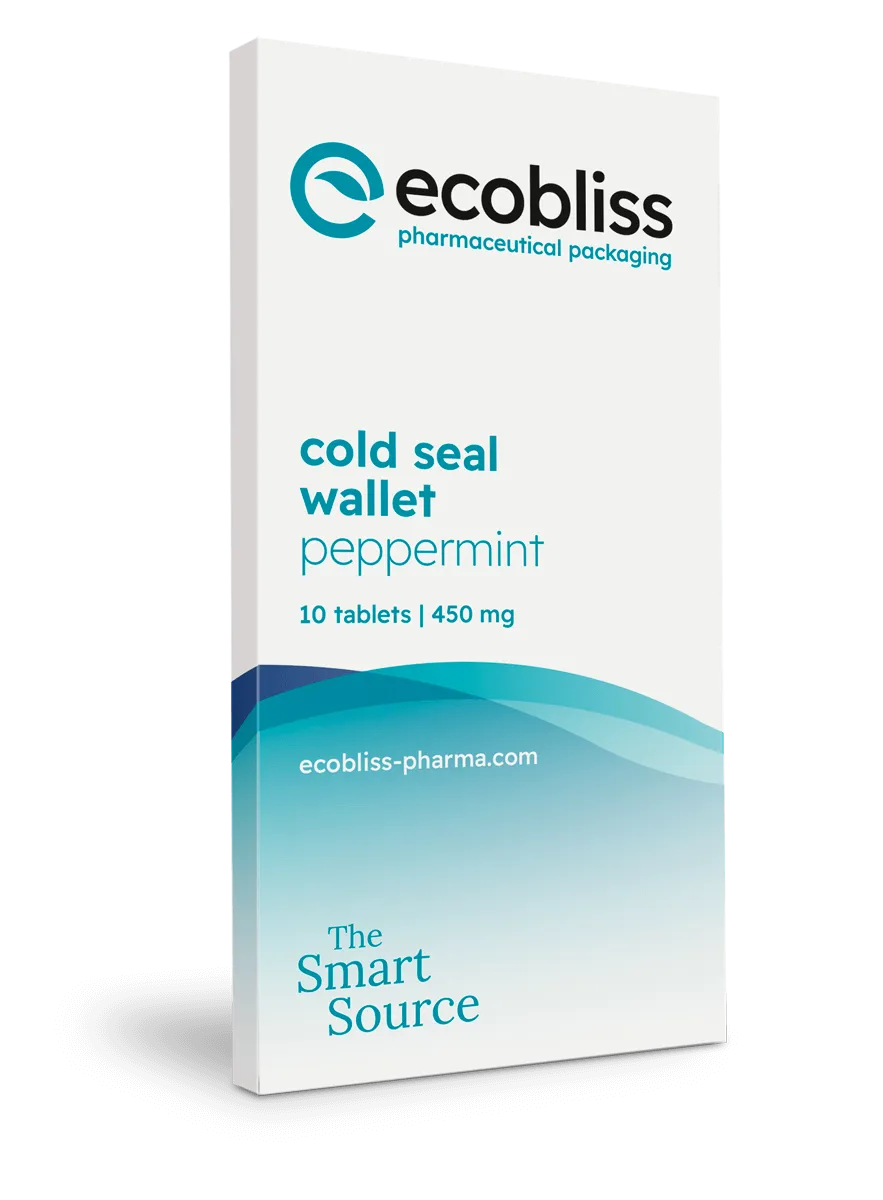Pharmaceutical packaging is more than just a container - it’s a vital component in delivering medicines safely and effectively. Acting as the first line of defense, it protects medications from external factors like moisture, light, air and contamination. It also ensures proper dosage, prevents tampering or counterfeiting and incorporates child-resistant features to protect vulnerable users.
Beyond logistical benefits, pharmaceutical packaging maintains the efficacy of sensitive drugs and plays a key role in patient safety and adherence. In this blog, we’ll explore the different types of pharmaceutical packaging, their unique features and the critical considerations behind their design.
Different types of pharmaceutical packaging
Pharmaceutical packaging comes in various forms, each tailored to protect medications and meet specific needs. Broadly, it can be categorized into primary, secondary and tertiary packaging, with each type playing a distinct role in ensuring drug safety and usability. Let’s explore their features, materials and benefits.
Primary packaging

Primary pharmaceutical packaging refers to the immediate container that comes into direct contact with the medication. It is designed to safeguard the drug's integrity and prevent degradation. Let's explore some common types of primary pharmaceutical packaging:
- Blister packaging: Offers individual compartments for medication, providing protection and ease of use.
- Pill bottles: Securely stores solid medications, often equipped with child-resistant features.
- Ampoules and vials: Airtight glass containers for liquid or injectable medications, ensuring sterility.
- EcoBliss's Child resistant packaging: Features safety mechanisms to prevent accidental ingestion by children, adding an essential layer of protection.
Secondary packaging

The outer layer that contains and protects the primary packaging is referred to as the secondary packaging. It serves multiple purposes, including additional security, tamper-evidence and branding information. Here are examples of commonly used secondary packaging:
- Cardboard cartons: Provides an additional layer of protection and acts as a branding platform.
- EcoBliss's Cold seal wallets: Ensures tamper-evident packaging for temperature-sensitive medications.
- Blister wallets: Securely holds blister packs, offering an extra layer of protection during transport.
- Paperboard boxes: Sturdy packaging solution for various pharmaceutical products.
- Clear boxes: Transparent packaging that allows visibility of the primary packaging and medication information.
Tertiary packaging
Tertiary packaging serves as the outermost protective layer, designed specifically for the safe transportation and storage of pharmaceutical products. Its primary purpose is to ensure medications are securely distributed from manufacturers to warehouses, pharmacies and hospitals.
Efficient tertiary packaging not only protects large quantities of products but also optimizes logistics. By reducing material waste, lowering transport costs, minimizing CO2 emissions and improving pallet stability, it supports both sustainability and efficiency in the supply chain.
Common examples of tertiary packaging include pallets, shipping boxes and pallet wraps, all of which ensure secure handling and delivery at scale.
{{cta-sample-request}}
Different materials types for medicine packaging
As sustainability becomes a global priority,the pharmaceutical industry is taking active steps to minimize waste - particularly plastic waste - and enhance the recyclability of different types of medicine packaging. To meet these goals, manufacturers are exploring a range of innovative and eco-friendly material options:
- Paper: Environmentally friendly and easily recyclable material.
- Glass: Provides excellent drug protection, particularly for light-sensitive medications.
- Plastics:
- Polyvinyl chloride (PVC): Offers versatility and compatibility with different medication types.
- Polystyrene: Provides impact resistance and insulation properties.
- Polypropylene: Known for its robustness and resistance to moisture.
- Polyethylene terephthalate (PET): Offers clarity and durability, suitable for a wide range of pharmaceutical products.
Choosing adequate medicine packaging types
The medicine packaging types have evolved over time, due to the changing customers’ needs and wants, but also the role of sustainability. Over the years, the pharmaceutical industry is striving to minimize its environmental impact by exploring alternative materials to reduce waste and increase cost-efficiency. This shows that different pharmaceutical packaging types play a vital role nowadays. It results in a variety of medicine packaging types such as blister packaging, bottles, ampoules, etc., which all offer unique features and benefits to meet the specific requirements of different drugs, but also medical devices. By understanding the wide range of possibilities, pharmaceutical manufacturers can ensure that their products reach patients in a safe and effective manner. We have listed the most important aspect to take into account.
Tamper-evident features: Enhancing safety and trust
Tamper-evident features are essential to ensure the integrity and safety of medications. These features can include seals, holograms, or other indicators that reveal any tampering attempts, providing reassurance to patients and healthcare professionals.
Specialty packaging for temperature-sensitive medications
Some medications require specific temperature conditions for storage and transportation. Specialty packaging solutions, such as insulated containers, cold chain packaging, or temperature-controlled packaging, are designed to maintain the integrity and efficacy of temperature-sensitive drugs.
Compliance packaging: Making medication management easy
To improve medication adherence, compliance packaging plays a significant role. These packaging designs help patients follow their prescribed dosage regimens by organizing medications in a convenient and easy-to-understand manner.
Smart packaging: The future of pharmaceuticals
Innovative technologies are being incorporated into pharmaceutical packaging to enhance drug stability and patient safety. Smart packaging solutions can include features such as electronic monitoring, temperature sensors, or indicators to track medication usage and ensure optimal storage conditions.
Meeting regulatory standards: Ensuring safety and quality
The pharmaceutical industry is subject to strict regulations and guidelines regarding packaging requirements. It is essential for manufacturers to adhere to these regulations, which cover aspects such as quality, safety, labeling and patient information.
Medicine packaging types solutions
Pharmaceutical packaging plays a critical role in ensuring the safe and effective delivery of medications. By understanding the diverse types of packaging, such as primary, secondary and tertiary, as well as the materials used, including sustainable alternatives, pharmaceutical manufacturers can make informed decisions to meet both regulatory requirements and the needs of healthcare professionals and patients. Incorporating features like tamper-evidence, child-resistance and specialty packaging for temperature-sensitive drugs further enhances medication safety. Ultimately, a well-designed pharmaceutical packaging solution contributes to the overall success of the healthcare system, benefiting patients and the industry alike.
Request a free sample now!








